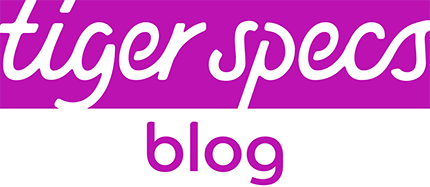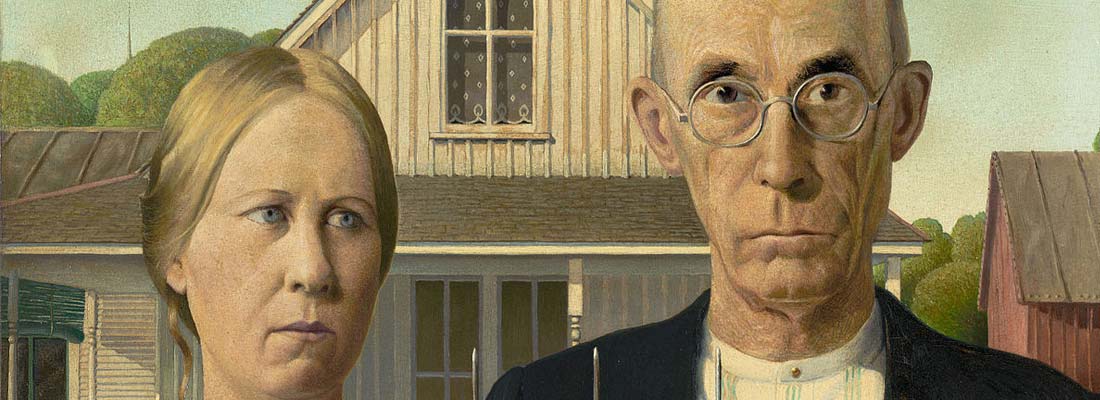In this month’s blog we are going to look at the role of glasses in art and culture over the centuries.
We invite you to travel through the ages to take a peek at renaissance art and all the way to through to modern day cinema and pop culture. Strap yourself in as it’s a really interesting, journey through human culture.
Eyeglasses, specs, bins, peepers…whatever you call them are more than just a simple tool for correcting poor eyesight.
They are a window into how societies have viewed and represented intellect, style and self-expression over the centuries. From way back in the 13th century glasses have woven themselves into the very fabric of human culture.
Throughout the last eight hundred years of history, specticals have been used to convey messages and signs about the wearer, whether as a symbol of wisdom and learning in Renaissance art, a mark of sophistication in 18th-century portraiture or a playful element of identity in modern narratives.
They have been celebrated, criticised, and reimagined. Whether as a symbol of power, an indicator of vulnerability or a bold style statement, eyeglasses hold a unique place in the human story and their role in art and culture offers a clear view into how we see ourselves.
Glasses in Renaissance Art
The Renaissance era (14th–17th century) marked the beginning of glasses being seen as a symbol of intellect, wisdom, and human inventiveness. This period saw the earliest artistic depictions of specs, reflecting their growing presence in society and their association with knowledge and learning.
Glasses were first seen in religious paintings, as the most popular use in the day was often scholars, clergymen and other learned individuals. Their inclusion in these works represented intellectual enlightenment and the pursuit of knowledge, which were central themes of the Renaissance.
One of the earliest known depictions of specs is in Tommaso da Modena‘s Cardinal Hugh of Saint-Cher (1352). The cardinal is shown wearing pince-nez-style glasses while reading, a detail that was designed to highlight his scholarly status and dedication to his sacred studies.
At this time, eyeglasses were a luxury item, crafted from expensive materials like polished rock crystal and reserved for the wealthy or elite. Their presence in portraits symbolised the wearer’s high social status and access to resources.
Wealthy patrons of the arts are known to have commissioned portraits wearing eyeglasses to subtly demonstrate their education and refinement, further cementing the association between spectacles and prestige.
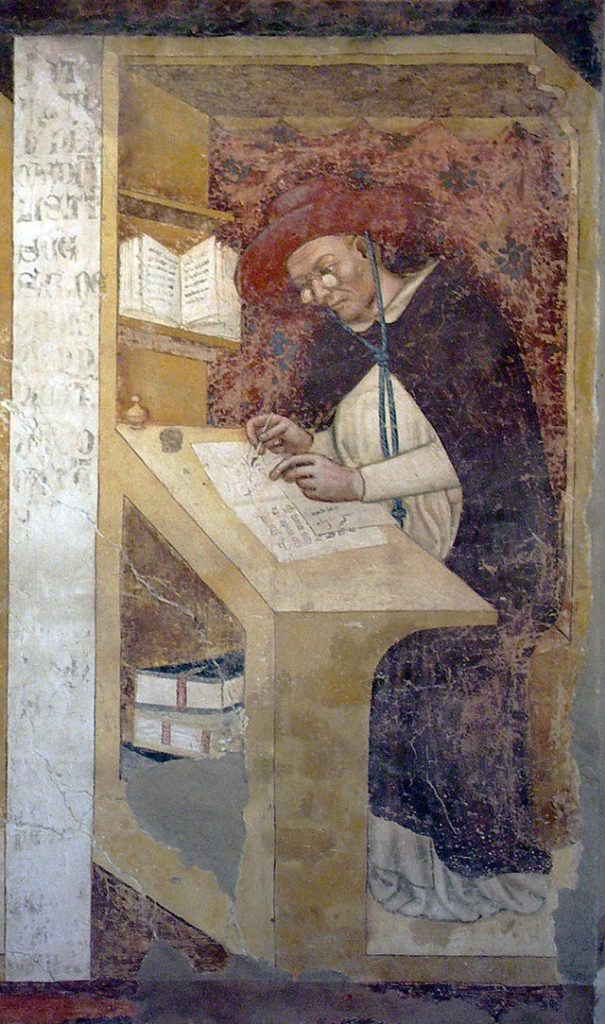
Spectacles in Literature
Glasses have long been used in literature as a powerful literary device. Spanning all genres and eras of fiction, they have served to define some of our favourite characters, reveal deeper themes and reflect societal attitudes toward intellect and perception.
In many literary works, glasses are used to signify intellect, academic pursuits, and scholarly wisdom. Characters like Sherlock Holmes are often portrayed as observant and analytical, with glasses subtly underscoring their keen intellect and attention to detail.
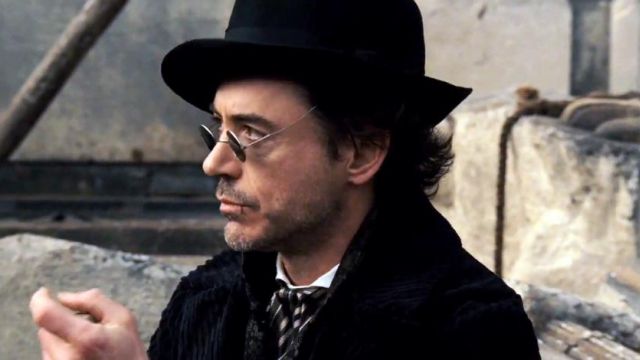
Glasses are often associated with characters who are teachers, scientists, or philosophers, emphasising their intellectual pursuits.
A great example is Albus Dumbledore from the Harry Potter series, his half-moon spectacles reflect both wisdom and a deeper understanding of the magical world he embodies.
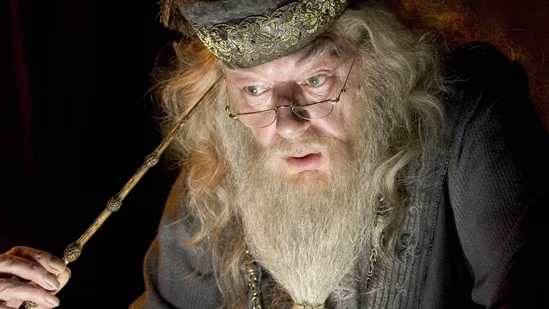
Glasses often serve a functional role in literature, driving the plot or symbolising key themes.
In F. Scott Fitzgerald’s classic The Great Gatsby, the glasses on the billboard of Dr T.J. Eckleburg represent the “all-seeing eyes” of a higher power or moral judgment, observing the decadence and moral decline of society.
Glasses are sometimes used as a disguise or a tool to alter a character’s identity, adding complexity to the narrative or characters.
Clark Kent’s glasses in Superman create the iconic dual identity of an unassuming reporter and the quintessential, all American super hero.
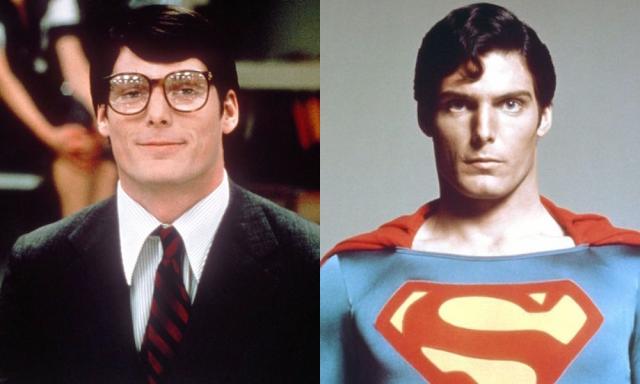
Glasses in Cinema and Pop Culture
In modern cinema and pop culture, glasses have transcended their practical purpose and evolved into dynamic symbols of personality, identity, and transformation.
The versatility of glasses has allowed filmmakers and creators to use them as tools for storytelling, character development, and visual branding. From heroes to villains, nerds to style icons, glasses have become a defining accessory in the world of entertainment.
In films and TV shows, glasses are often used to establish archetypes. For example, the “nerd” trope has long been represented by characters wearing thick-rimmed or oversized frames.
One of the most recognisable examples is Leonard Hofstadter from the hit American sitcom The Big Bang Theory.
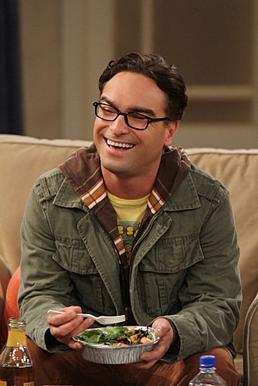
Leonard embodies the modern “nerd” archetype, with his glasses serving as a not so subtle nod to his intellectual brilliance and his endearing, socially awkward charm.
On the other end of the spectrum, glasses in modern cinema are frequently used to signify sophistication, intelligence and authority.
Characters like Tony Stark in the Marvel Cinematic Universe sport cutting-edge eyewear that combines high-tech functionality with sleek design, reflecting both their intellect, wealth and sense of style.
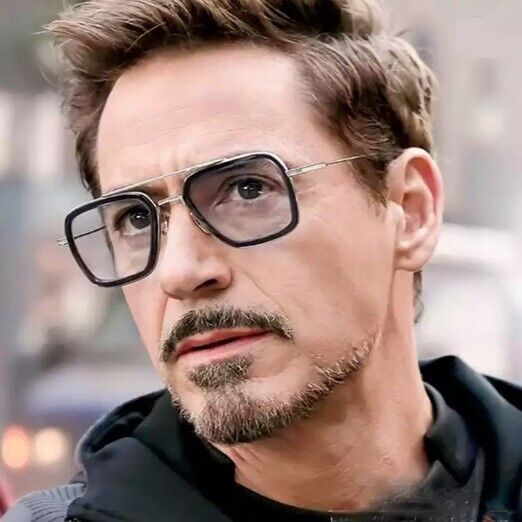
Well there we go. We hope you enjoyed this little journey into art and culture and we are sure you will agree, the humble eyeglass has become an intrinsic part of how we represent archetypal images of ourselves.
Here are just some of the reading glasses we stock that will help you embody your favourite hero or villain!
Hogwarts Headmaster Magic
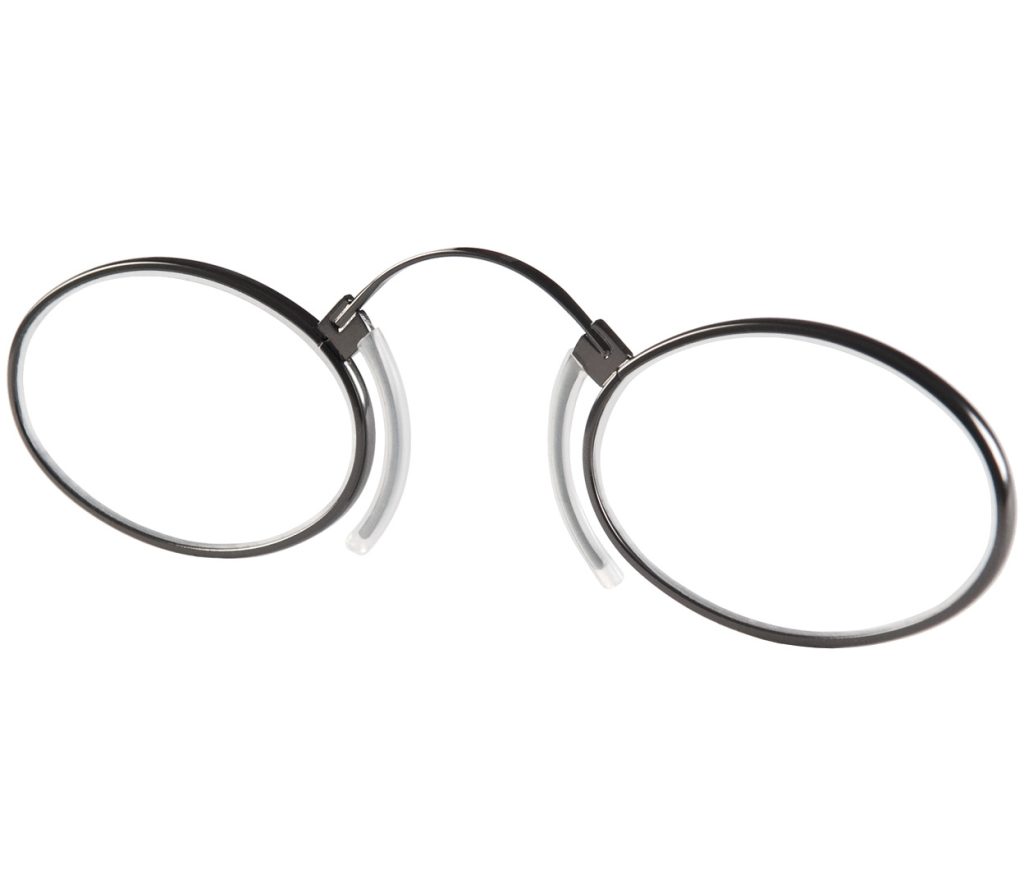
These unisex pince nez reading glasses ‘clip’ comfortably to the nose for quick reading or close work while their small and slim size make them super easy to carry when out. These readers feature a flexible gunmetal frame of stainless steel construction and are supplied in a matching grey slim hard case with handy lanyard.
Get your Big Bang on!
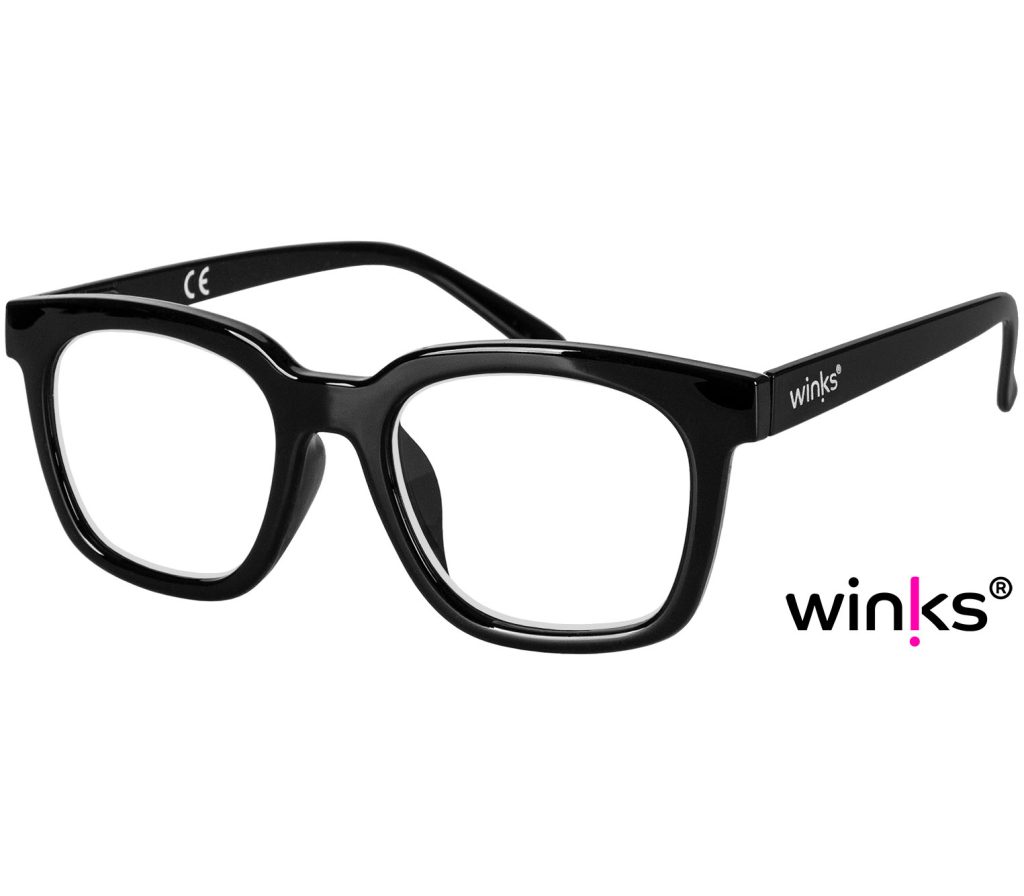
These super cool and chunky reading glasses are the ultimate in retro hipster sass. The oversized black frames will have heads turning both in the office and when you get an after work drink in the latest bar.
Billionaire Superhero Chic
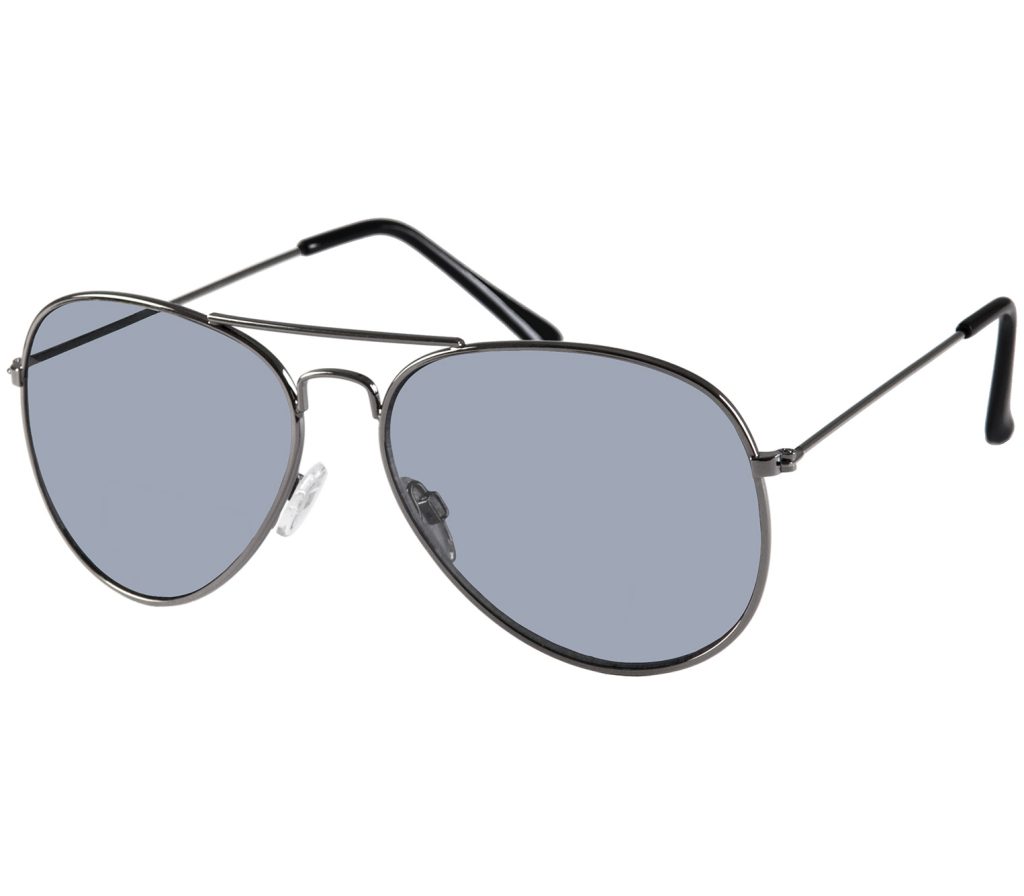
Aviator shape reading sunglasses in gunmetal with smoke grey lenses providing UV400 category 3 sun protection, suitable for strong sunlight. These unisex sun readers feature spring hinges and come supplied with a matching soft pouch.
Don’t forget that we have over a decade of experience in glasses retail and we use the latest technology to help you choose the perfect reading glasses.
